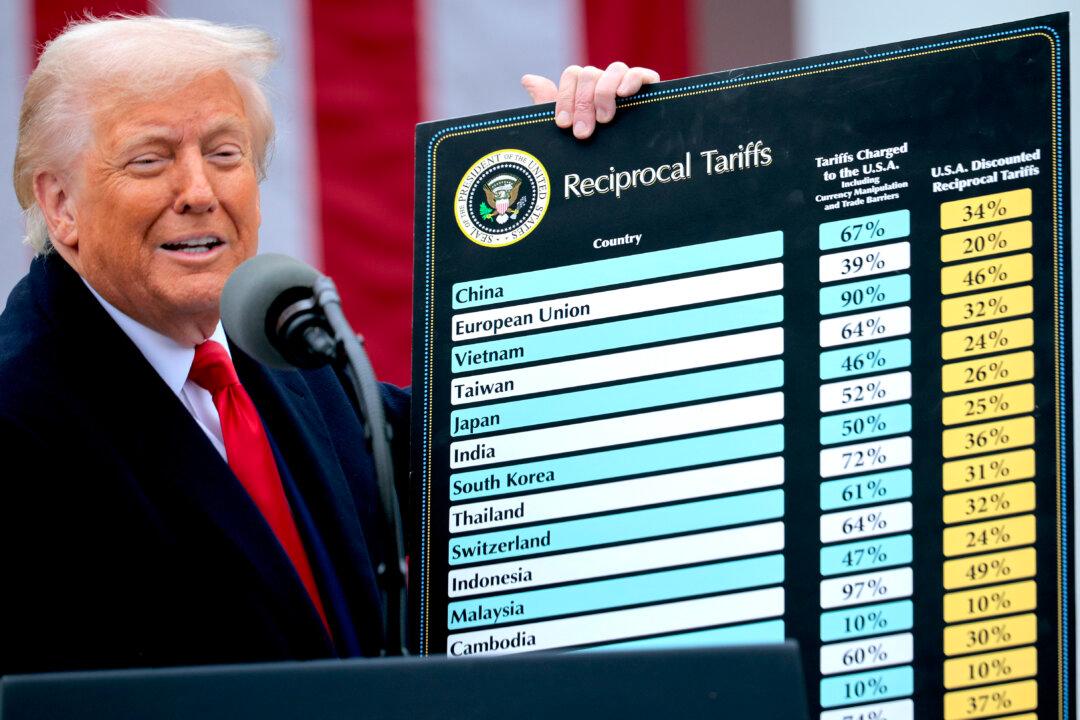Heightened geopolitical risks and market fears of a looming supply shock pushed oil prices to their highest level in May in nearly four years. However, an oil expert says that these are short-term blips, and that there are plenty of options for oil producers to ease price hikes.
“Structurally, there shouldn’t be enough pressure on the market to take us back into that very high-priced world,” said Andrew Slaughter, an energy expert and executive director at consulting firm Deloitte Services LP.
He believes that oil price could remain “lower for longer.” “That doesn’t mean $30 or $40 necessarily, but we’re not going to see $100 again very quickly, at least on a fundamental basis,” he said.
“When people talk about lower for longer, they’re usually comparing current prices with the $100-per-barrel world,” Slaughter said.
That agreement is “still in place, and compliance has been very good,” said Slaughter. If that “holds good until the end of the year, then we are in a structurally more robust market of somewhere around the $60 range,” he added.
There is a risk of losing that additional supply out of Iran, according to analysts. However, it is hard to predict how much of the Iranian oil output is really at risk without knowing the details of the U.S. sanctions package, said Slaughter.
Venezuela is another risk to the oil market. The country’s oil production is crumbling due to the economic crisis, and new sanctions can further deteriorate its output.
Despite worries over Iranian and Venezuelan oil, there are many solutions for the global supply system to fill the gap and prevent any supply constraints.

Both Saudi Arabia and Russia have started discussing the possibility of unwinding the production cut agreement, which could ease prices. In addition, U.S. oil production is ramping up quite steadily.
It is normal to have short-term blips in oil prices, which are driven by fear rather than fundamentals, Slaughter said.
US Shale Revolution
OPEC, led by Saudi Arabia, had largely dictated oil prices in the past. The rise of U.S. shale production, however, has changed the dynamics in the oil market in recent years.The increase in U.S. output caused a global supply glut, putting pressure on oil prices. Due to a sharp decline in prices between 2014 and 2017, about one-third of the shale companies went bankrupt or became financially distressed.
However, some shale producers remained resilient by bringing costs down to a sustainable level.
Today, current price levels averaging around $60 to $70 per barrel allow shale oil producers to reinvest in drilling wells and add capacity with free cash flow rather than debt, according to Slaughter.
A lot of these companies were highly leveraged in the pre-2014 oil price boom. With higher cash flow, these shale producers can now deleverage and have a healthier and more sustainable balance sheet.





